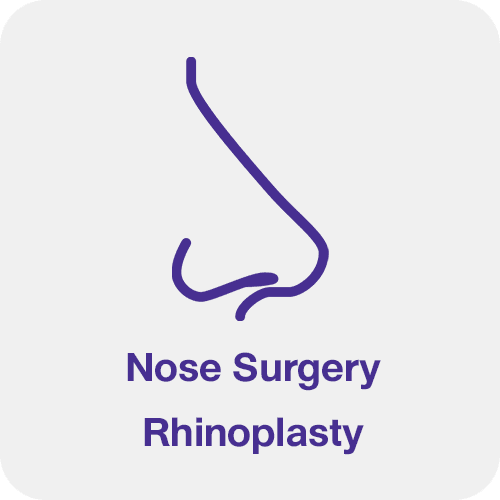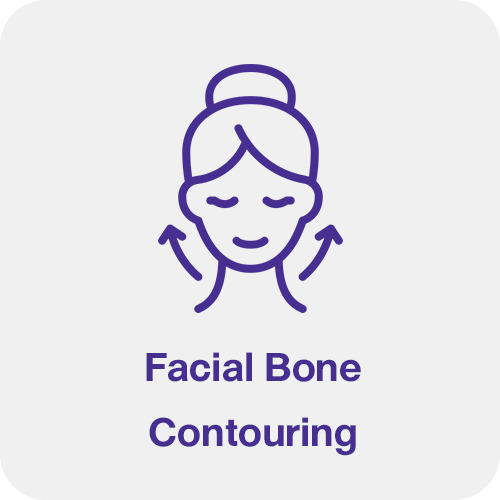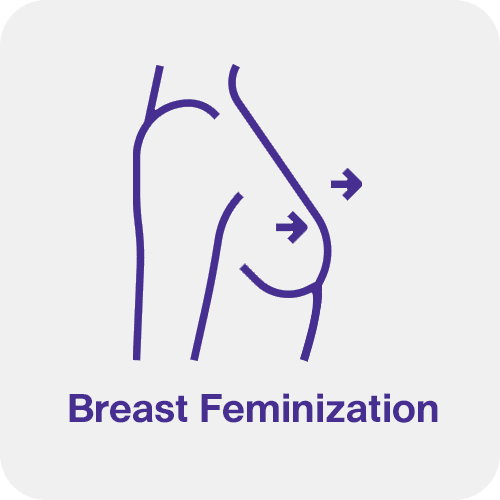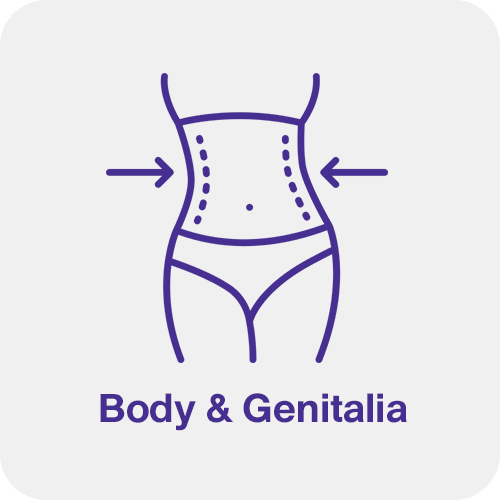Rhinoplasty at WIH Hospital
Benefits of Rhinoplasty
- Enhanced Aesthetics: Achieve a nose that complements your facial features.
- Improved Breathing: Correct functional issues such as a deviated septum or airway obstruction.
- Boosted Confidence: Enjoy a more balanced and harmonious facial appearance.
- Personalized Results: Tailored techniques to preserve ethnic identity and individuality.
Who is a Candidate for Rhinoplasty?
Rhinoplasty is suitable for individuals who:
- Are unhappy with the appearance of their nose (e.g., size, shape, or profile).
- Wish to correct structural issues affecting breathing or nasal function.
- Are in good general health with realistic expectations.
Materials Used in Rhinoplasty
There are several materials that can be used to augment the nose, including:
- Silicone: Silicone is the most common type of implant material. It is soft, flexible, and has a long-term safety record.
- Cartilage: Cartilage can be taken from the patient’s own ears, septum (the cartilage that separates the nostrils), or ribs. This is a good option for patients who want a natural-looking result or who have thin skin.
- Allografts: Allografts are grafts of tissue from a deceased donor. They are typically used for patients who need a large amount of tissue or who have had previous surgeries that have damaged their own cartilage.
The Rhinoplasty Procedure
The rhinoplasty procedure typically takes 1-3 hours and is performed under general anesthesia.
- Consultation: The first step is to consult with a board-certified plastic surgeon to discuss your goals and expectations. The surgeon will examine your nose and medical history and recommend a treatment plan.
- Anesthesia: Before the surgery, you will be given anesthesia to numb the area and keep you comfortable during the procedure.
- Incisions: The surgeon will make incisions inside the nostrils or across the columella, depending on the type of rhinoplasty being performed.
- Reshaping the nose: The surgeon will then reshape the nasal bones and cartilage using a variety of techniques. This may involve removing or adding tissue, or repositioning the bones and cartilage.
- Closing the incisions: Once the nose has been reshaped, the surgeon will close the incisions with sutures.
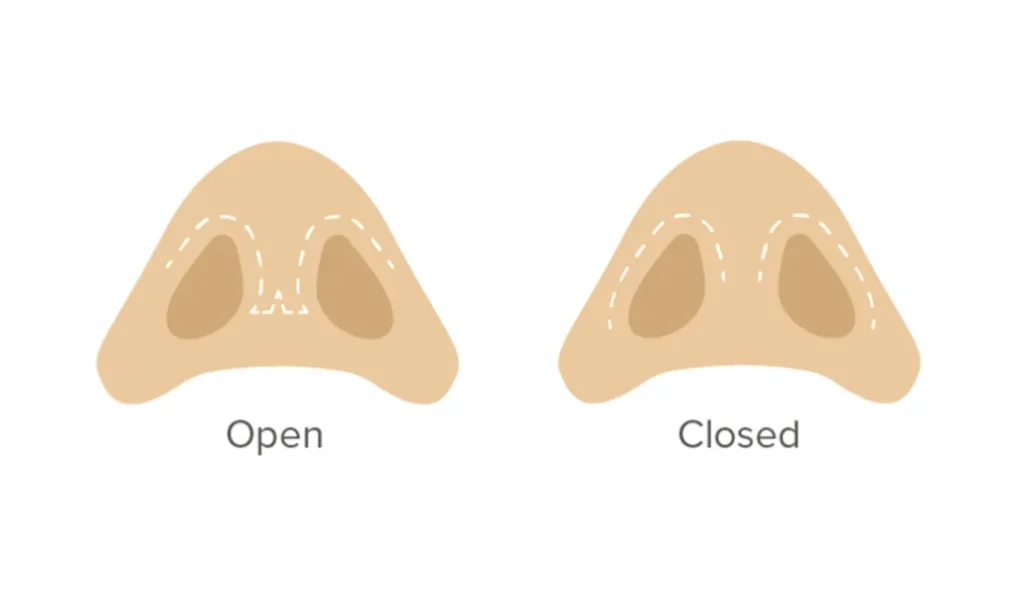
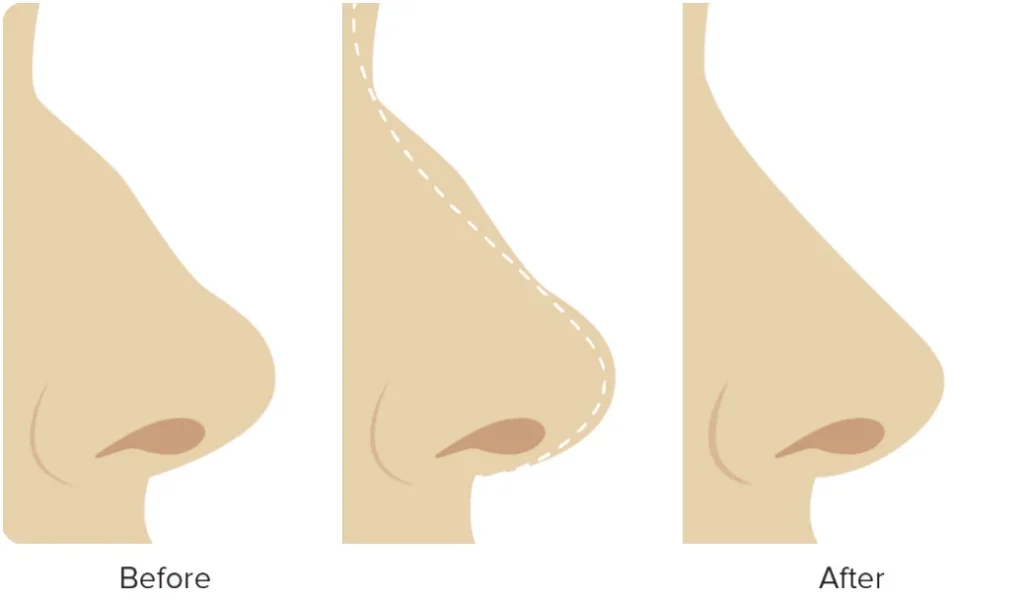
Recovery from Rhinoplasty
After rhinoplasty, you are required to wear a splint on your nose for a week or two. You will also need to avoid strenuous activity and blowing your nose for several weeks. Most individuals can return to work and their normal activities within a week or two.
Risks and Complications of Rhinoplasty
As with any surgery, there are some risks and complications associated with rhinoplasty. These include:
- Bleeding
- Infection
- Bruising and swelling
- Numbness in the nose
- Difficulty breathing
- Revision surgery: In some cases, patients may need additional surgery to correct problems with the results of their initial rhinoplasty.
Choosing a Rhinoplasty Surgeon
It is important to choose a board-certified plastic surgeon who has experience performing rhinoplasty. You should also ask to see before-and-after photos of the surgeon’s work.
Is Rhinoplasty Right for You?
If you are considering rhinoplasty, it is essential to consult with a board-certified plastic surgeon to discuss your goals and expectations. WIH surgeon can help you decide if rhinoplasty is right for you and can develop a treatment plan to achieve your desired results.
Rhinoplasty is more than just a cosmetic procedure—it’s a path to enhanced confidence and improved quality of life. At WIH, we are dedicated to delivering exceptional results that align with your goals and natural beauty.
Take the first step toward achieving your ideal nose. Contact us today to schedule your consultation with one of our experienced surgeons and explore how rhinoplasty can help you look and feel your best.



